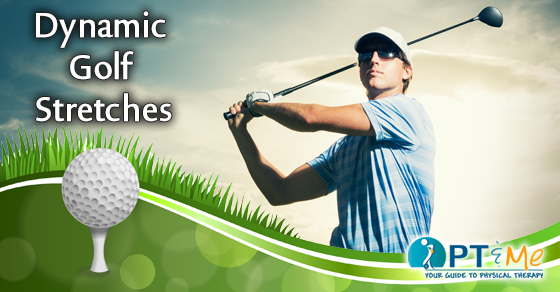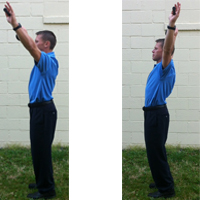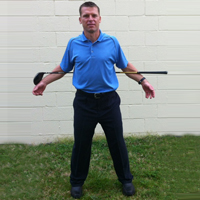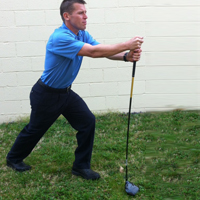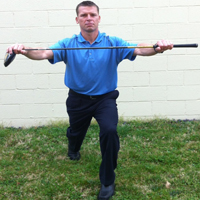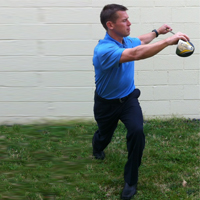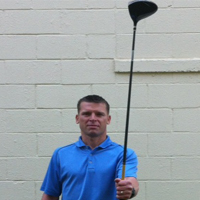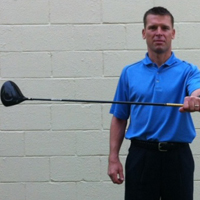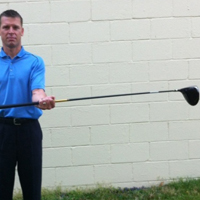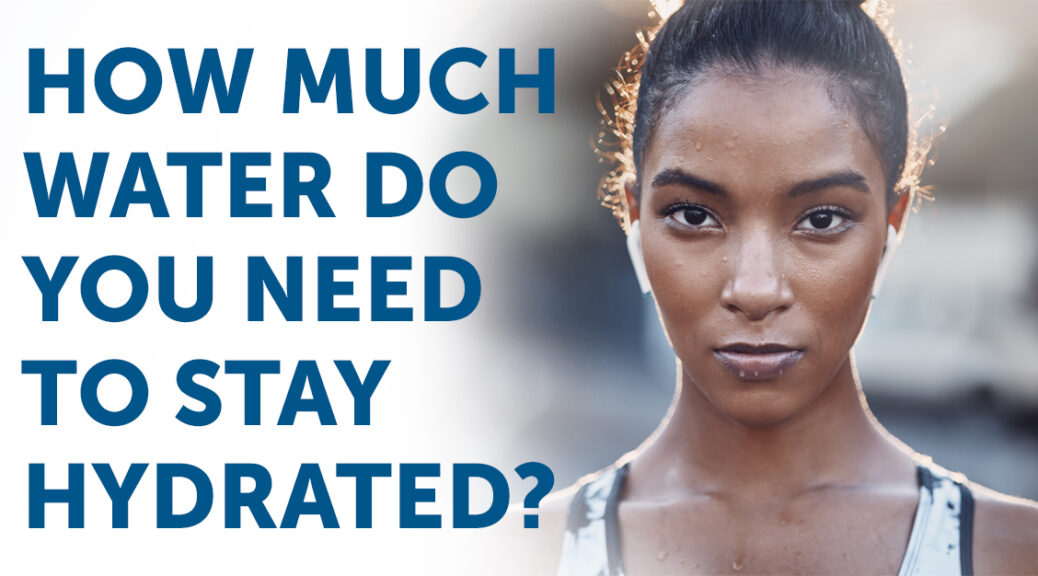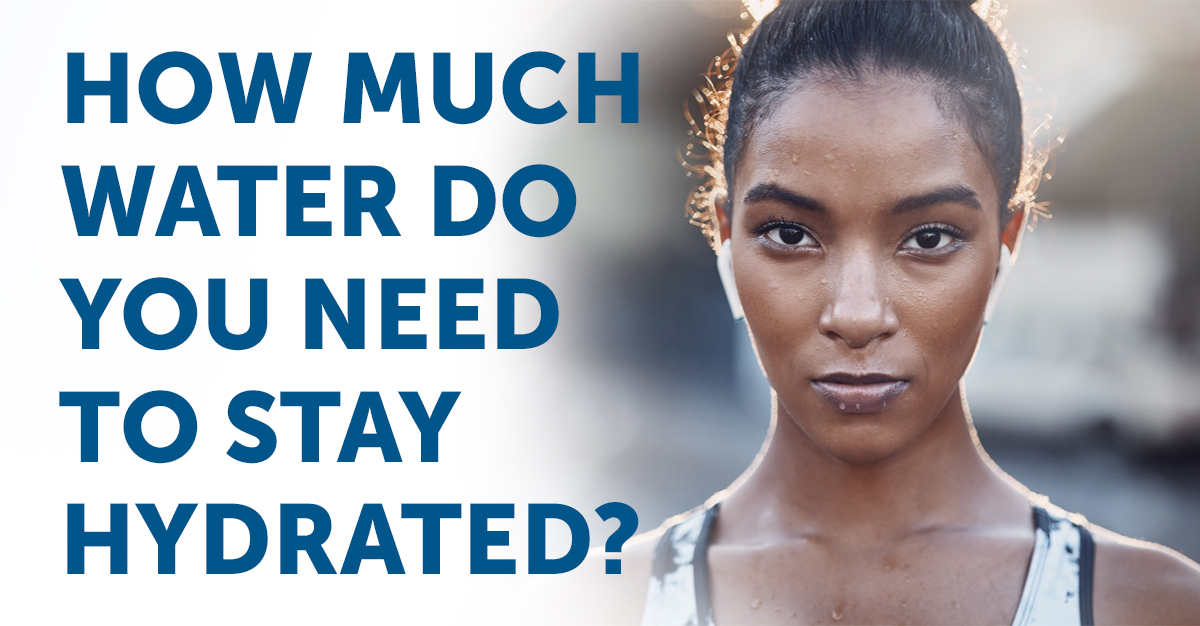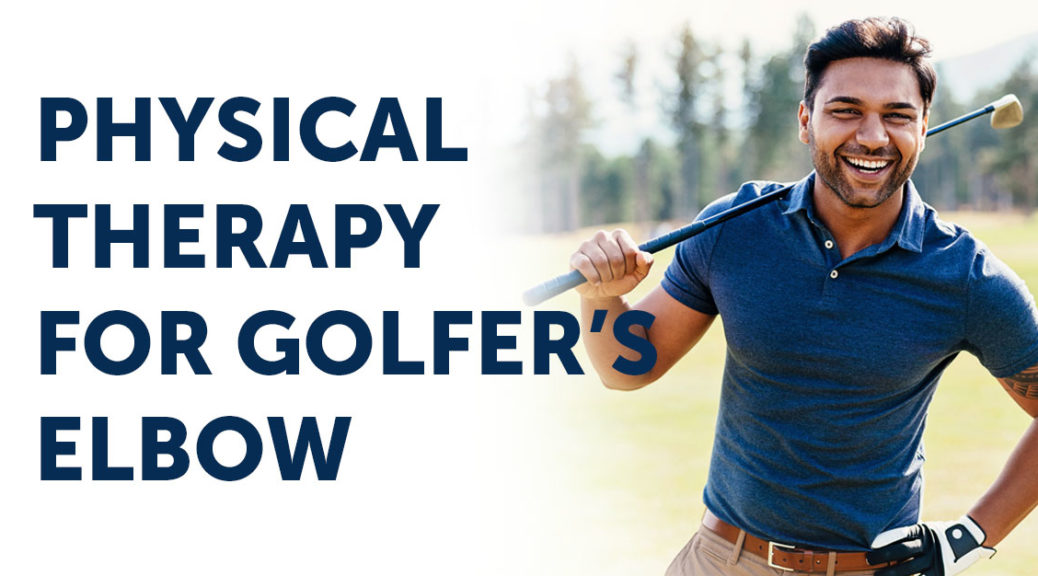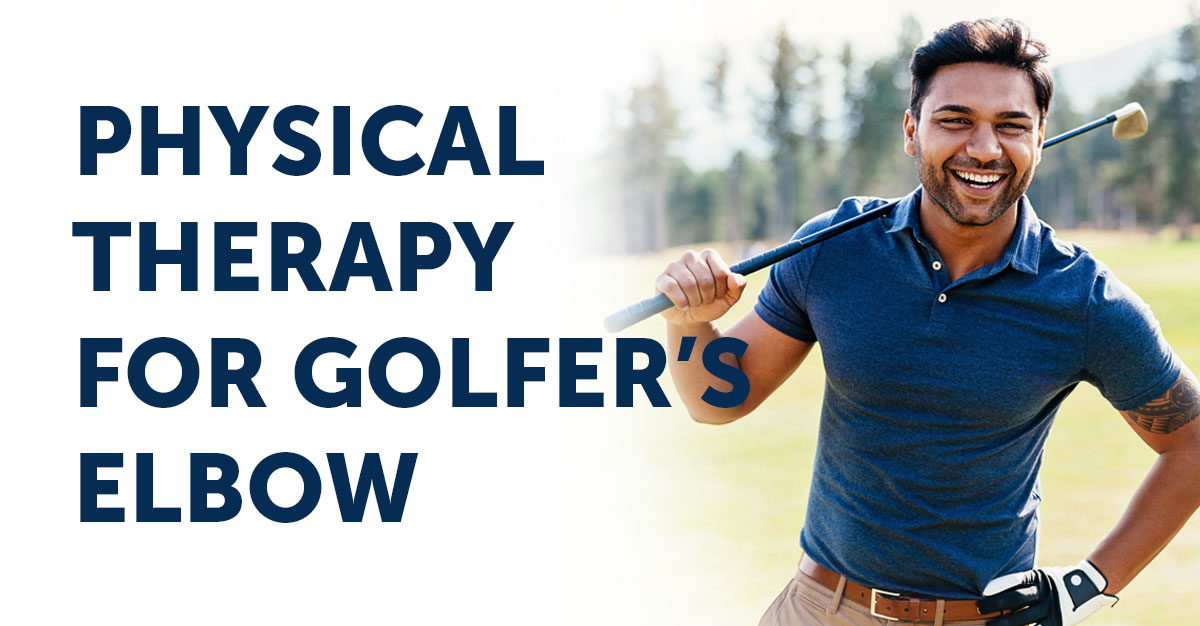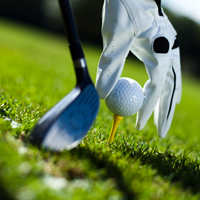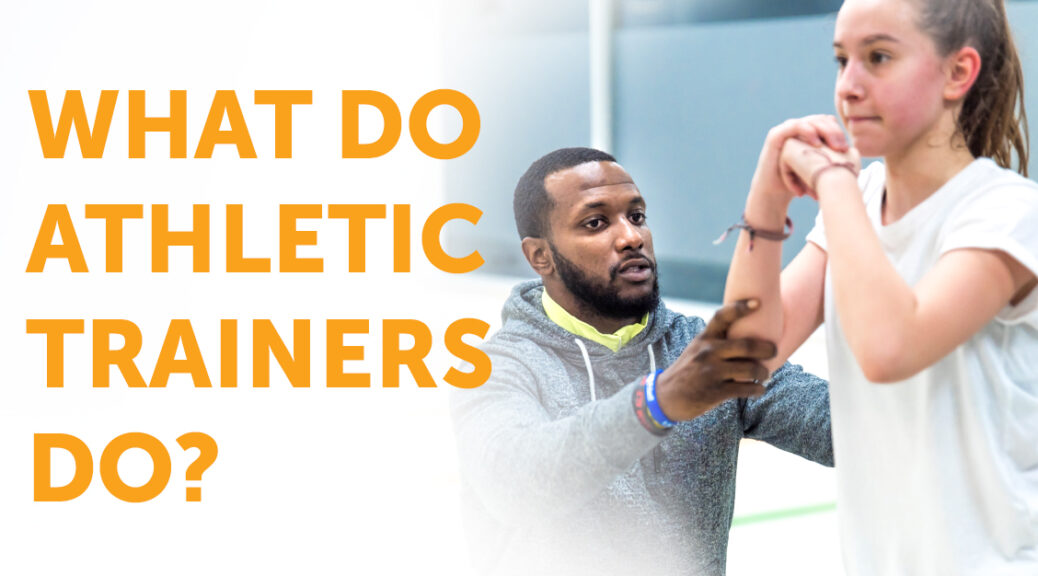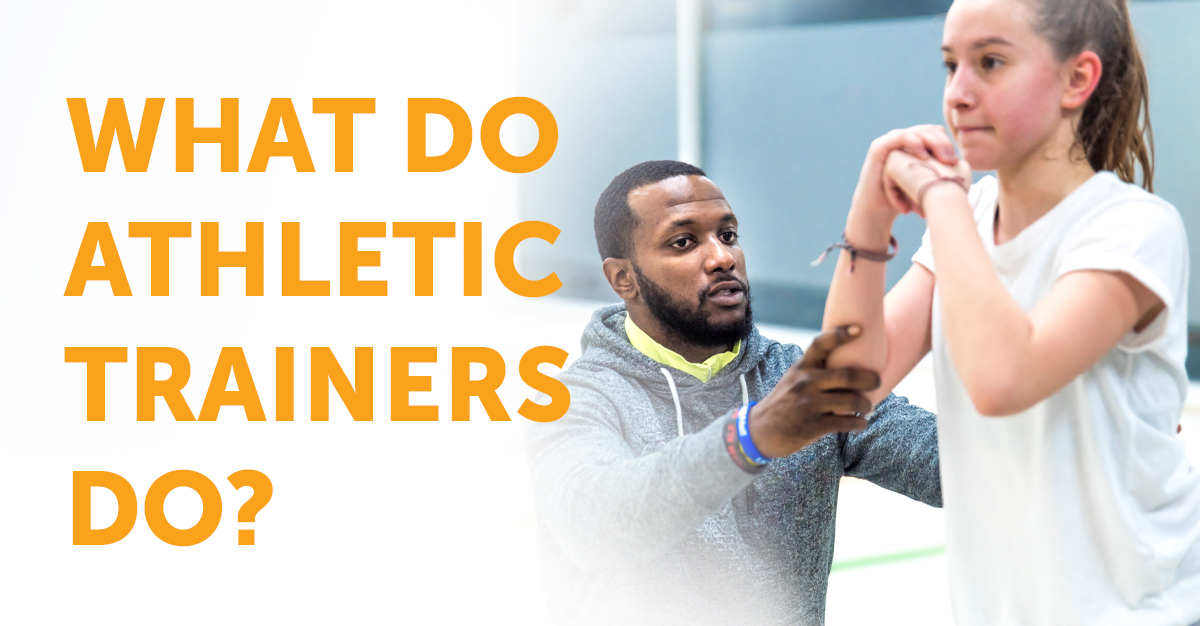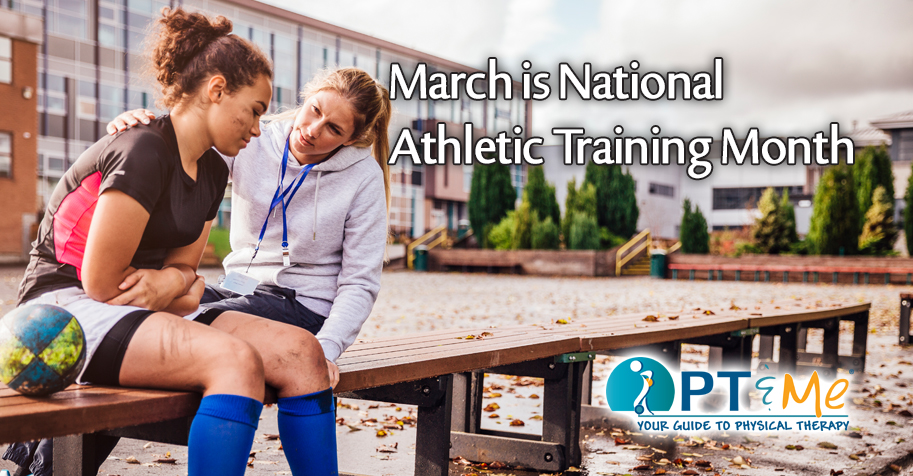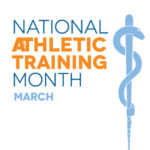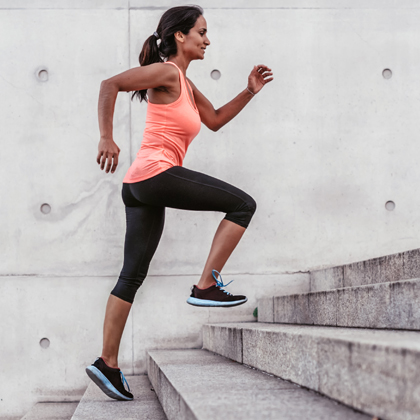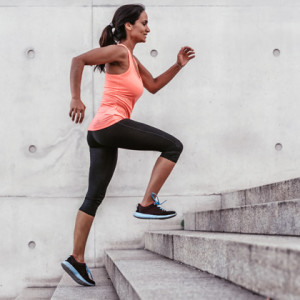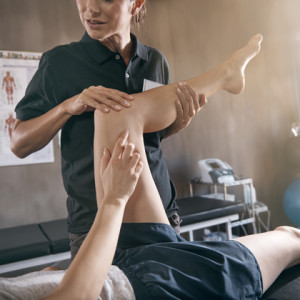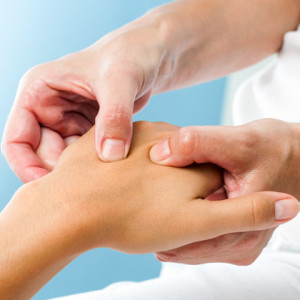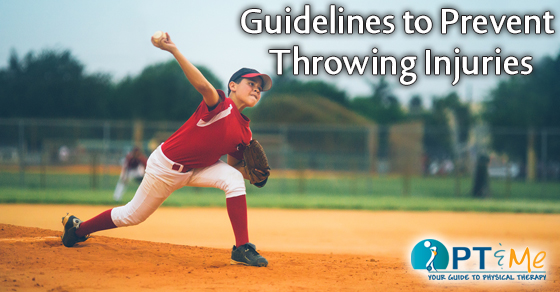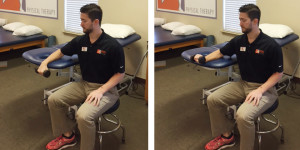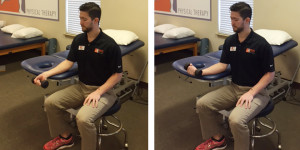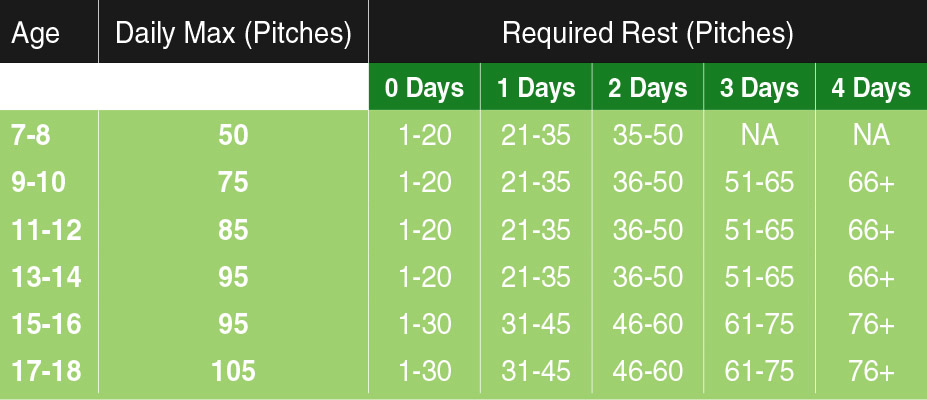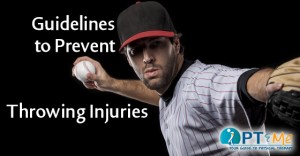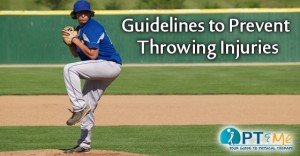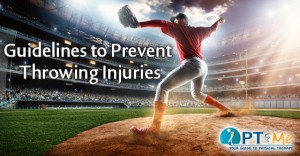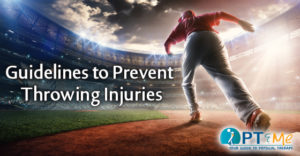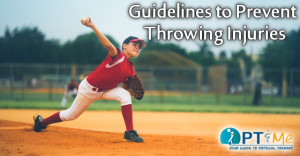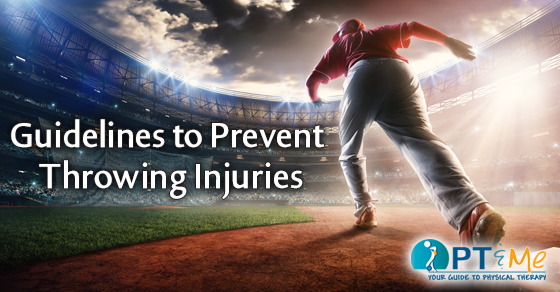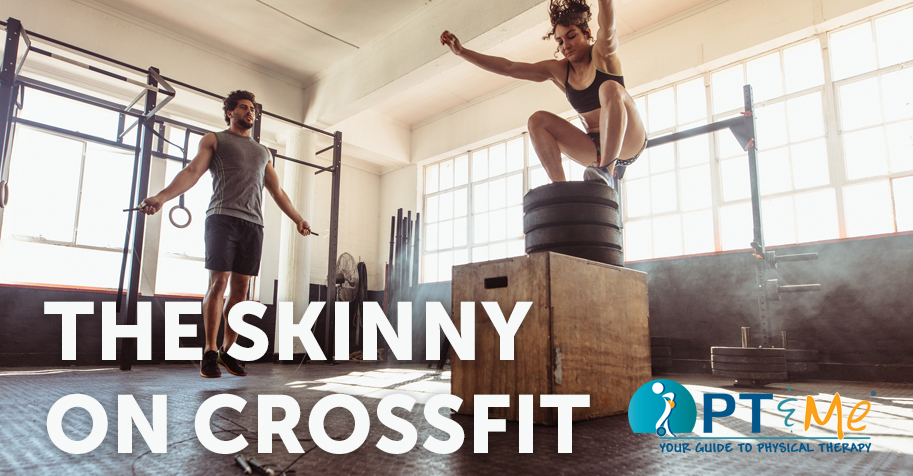
If you find going to a new gym nerve-wracking, joining a CrossFit gym might be downright terrifying. Walking into the warehouse-like gym and seeing people flipping tires while loud music pumps out of the stereo system and primal grunts and screams reverberate off the walls can be intimidating. Just take a deep breath, slip on your sneakers, grab your water bottle, and get ready to change your life completely.
Created by Gary Glassman, CrossFit is a high-intensity strength and conditioning program. It uses functional movements and varied workouts to help people lose weight, build muscle, and live healthier lives. While every CrossFit trainer is certified and able to adapt workouts to your needs, it is important that you consult your physician about any pre-existing conditions before beginning a new workout regime.
If you are nervous about going to your first CrossFit class, you can rest easy knowing it probably will not be very intense. Before you can participate in the daily workouts, you need to complete the Foundation Training. This is where you will learn the proper form and technique for the nine fundamental movements. Once you feel comfortable with these movements you can join the masses.
You first week at a Crossfit gym (typically called a “Box”) will be like your first week at a new school. There will be new friends to make, lots of questions to ask, and new skills to learn. You won’t be doing advanced moves in the beginning but you will still be working hard and will find yourself sore and tired by the end of the week.
Each class consists of a 15-minute warm-up, followed by 15 minutes of skill work. This is a great opportunity to improve on a move you are struggling with, or tackle an exercise you are nervous about in the Workout of the Day (WOD). After the skill work segment, you will move on to the WOD. The amount of time to complete a workout varies depending on the objective. Sometimes you will be racing against the clock, while other times you will be aiming for a timed personal best. A cool-down will round out your workout.
10 Components of CrossFit
Doing CrossFit is a full mind and body experience. There are 10 specific elements of physical fitness you will practice during each workout. Your overall fitness level will be determined based on your competency in all these domains.
- Cardiovascular and Respiratory
- Stamina
- Strength
- Flexibility
- Power
- Speed
- Coordination
- Agility
- Balance
- Accuracy

Building Blocks of CrossFit
There are nine foundational movements every new CrossFit member must understand and master to ensure they get the most out of their workout and avoid injury. The three basic movements are: Squats, Presses, and Lifts. These movements increase in difficulty from Level 1 to Level 3. Once an athlete is comfortable with the form and technique associated with an exercise, they can progress to the next level.
Squats
The first movement you will learn when you join a CrossFit gym is an air squat. This basic movement is the foundation for the next two levels of squats. Squats are excellent lower-body exercises that engage your hamstrings, glutes, and quadriceps. As you progress through the three levels of squats, you will also begin to engage your upper body and core, making the squat a full-body workout.
Level 1 – Air Squat:
- Stand with your knees shoulder-width apart and your toes angled out at approximately 10 degrees.
- Keep your back, shoulders, and core tight.
- Extend your arms out in front of you.
- Press your hamstrings back and down.
- As you lower yourself to the ground, press your knees out.
- At the lowest point of the movement, your hips should be lower than the crease in your knees.
- Press up through your hamstrings and glutes to return to the starting position.
- Rest your hands at your side.
Level 2 – Front Squat:
- Begin in the same stance as for an air squat.
- Hold a bar in front rack position. (Rack position: Rest the bar on your shoulders across your chest. Your elbows should be up and your triceps parallel to the floor. Loosely grip the bar at slightly wider than shoulder width, with palms facing the ceiling.)
- Once you are comfortable holding the bar, complete the same downward movement executed in an air squat.
Level 3 – Overhead Squat:
- Begin in the same stance as for an air squat.
- Hold a bar over your head with your palms facing forward.
- Elbows should be locked and your wrist and forearms aligned (no bend or flexion).
- Complete the same downward movement executed in an air squat.
- Keep your chest up and eyes forward during this movement. If you feel like you are leaning too far forward you might be compromising the exercise. Reduce your weight and continue.
Presses
Presses are fantastic for targeting and toning your upper body. They will engage your arms, shoulders, back, and, depending on what level you are on, your legs. As with squats, there are three levels of press.
Level 1 – Shoulder Press:
- Stand with your feet hip-width apart and eyes looking forward.
- Rest the bar across the front of your shoulders, gripping it slightly wider than shoulder width.
- Use a hook grip to secure your hands around the bar. (Hook Grip: Cross your middle finger and index finger over your thumb.)
- Press the bar upwards.
- As the bar moves straight up, only your head should move back to allow the bar to travel in front of your face.
- At the top of the movement your arms should be fully extended above your head with elbows locked.
- Follow the same line to lower the bar back to the starting position.
Level 2 – Push Press:
- Hold the bar in the same position as for a shoulder press.
- Keep your torso upright and your core engaged, and slightly lower your body by bending your knees.
- Explosively straighten your knees and use the momentum in the movement to press the bar above your head.
- Arms should be fully extended with locked elbows at the top of the movement.
- Lower the bar back to starting position.
Level 3 – Push Jerk:
- Hold the bar in the same position as for a shoulder press.
- Lower your body into a quarter-squat position.
- Perform a vertical jump.
- When you are in the air, press the bar above your head.
- Land with your feet in the exact same spot they took off from and with a slight bend in your knees.
- Finish the movement by fully extending your hips and knees.
- Return the bar to your shoulders.
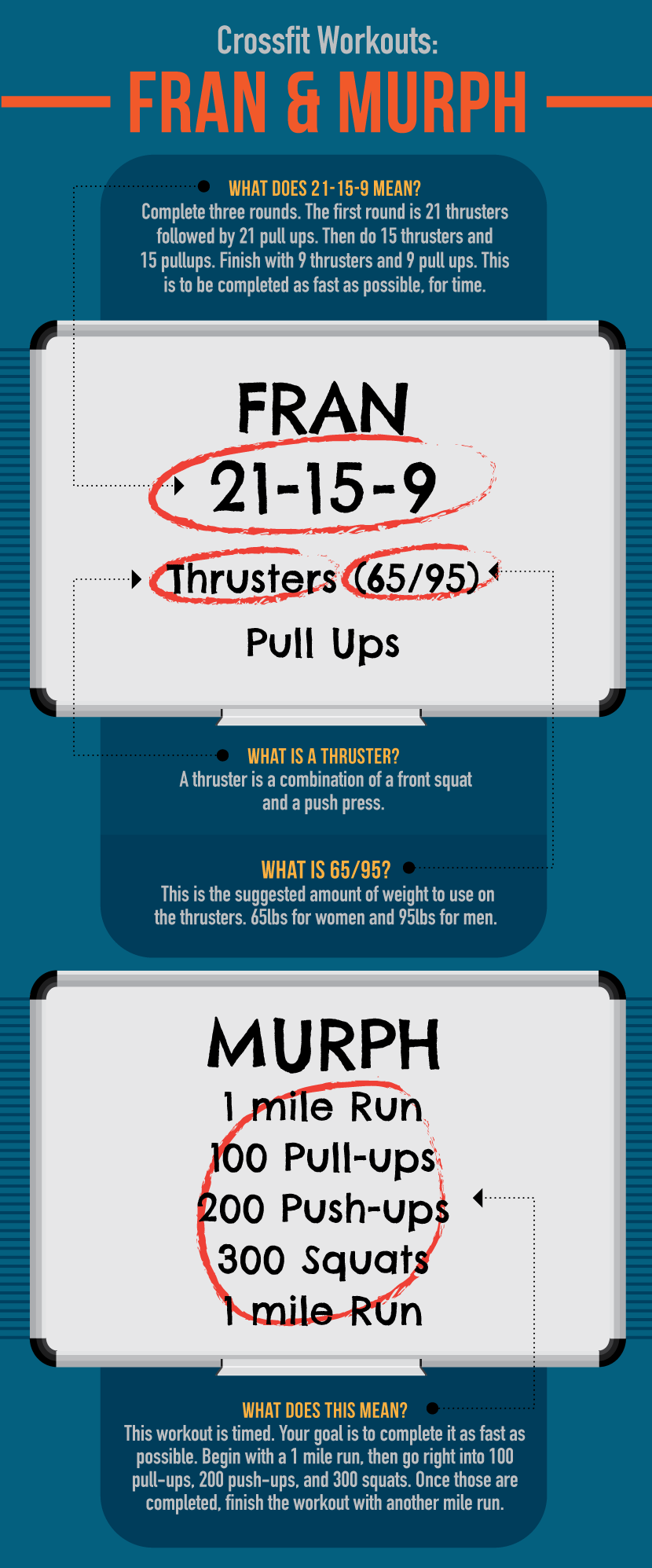
Lifts
The three progressive lifts in CrossFit engage your entire body. These full body movements allow you to make the most out of any workout. If you are short on time, incorporate these exercises into your routine to torch calories and burn muscle.
Level 1 – Deadlift:
- Place the bar in front of you and stand with your feet hip-width apart.
- Bend forward at the hips, bending your knees slightly, and grip the bar at a point that is wider than hip-width.
- The bar should be in contact with your shins and your shoulders should be slightly ahead of it.
- Keep a flat back as you lower your glutes and pull up on the bar (arms should not bend).
- Straighten your back and legs while lifting the bar in a vertical line up your body.
- When the bar passes your knees, fully extend your hips forward.
Level 2 – Sumo Deadlift High Pull:
- Use a wide stance for this movement.
- With your hands narrowly apart (about two fist-widths), grip the barbell in front of you with your palms facing down.
- Keep your arms straight and chest up while you slightly bend your knees into a quarter-squat.
- Explosively stand up and shrug your shoulders, pulling the bar up in a vertical line.
- By the time your hips are fully extended, your elbows should be above the bar pointing up and your hands should be aligned with your shoulders.
- Slowly lower the bar back to the ground by reversing this movement to complete the repetition.
Level 3 – Medicine Ball Clean:
- Swap out the barbell for a medicine ball.
- Squat down over the ball.
- Keep your chest up and gaze ahead.
- Keep your arms straight and grab the ball on opposite sides.
- Explode up, shrug your shoulders, and slip your body under the ball so that it lands in front of your face.
- Catch the ball at the bottom of a front squat with your hips below your knee joints.
- Complete the movement by standing up with your arms remaining bent, and the ball in front of your face.
WOD are you Talking About?
It’s no secret that CrossFit has a lingo of its own. If you’ve ever heard someone talking about CrossFit, you might wonder what language they are speaking and why they hate their friends Josh and Nancy so much. While they might be talking about a person, it is more likely your CrossFit friends are discussing a tough workout they just did. Each WOD is given a name. WODs are usually named after women (in the same way storms are, because they are so intense they leave you feeling like you were hit by a hurricane) or after fallen war heroes. Here are two notorious WODs that people love to trash.
Six Benefits of CrossFit
CrossFit is a tough workout, you can’t deny that. But, if you are willing to take a shot and get your sweat on, you will reap the rewards. Here are just a few of the many benefits CrossFit will have on your health and life.
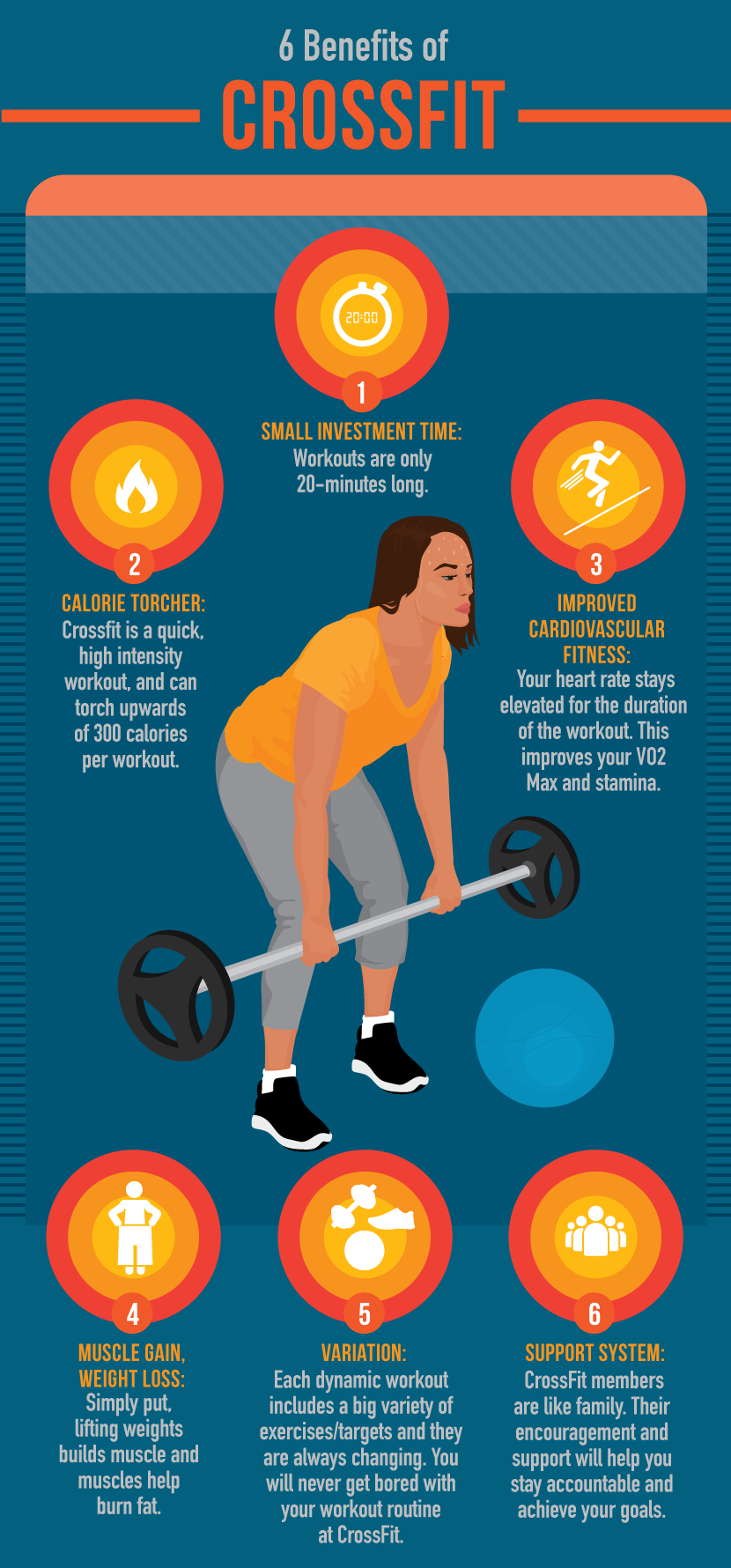
The best thing to do if you are considering joining a CrossFit gym is to stop by and check one out. They have certified coaches on site who will be more than willing to answer your questions and put your fears to rest. Who knows, you could be the next breakout star at the CrossFit games!
Ashley is a former competitive swimmer, lifeguard, and currently a lifestyle writer, full-time dog parent, and social media guru.

